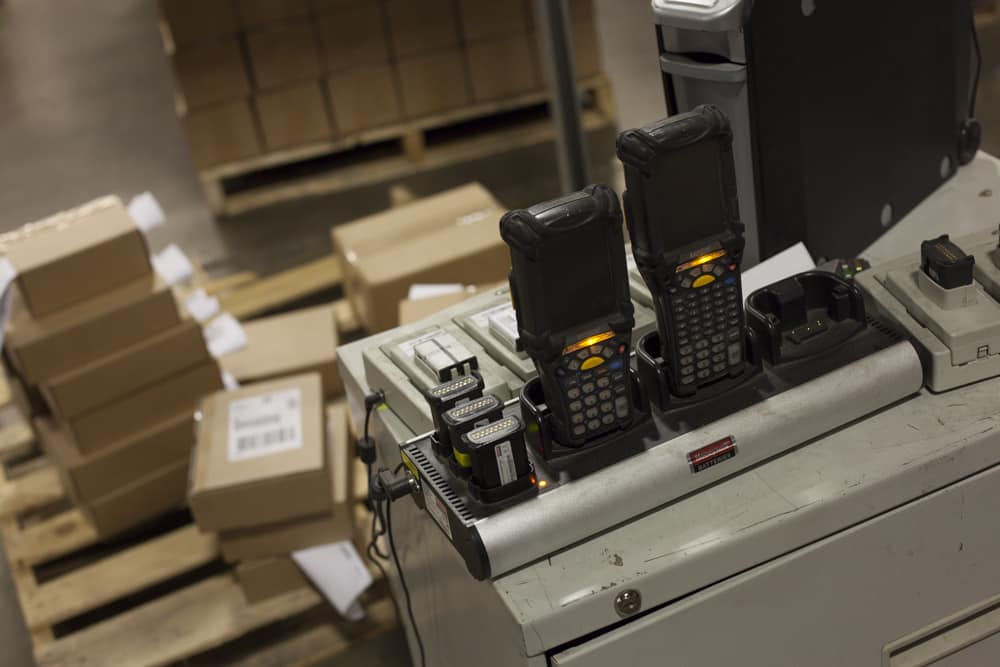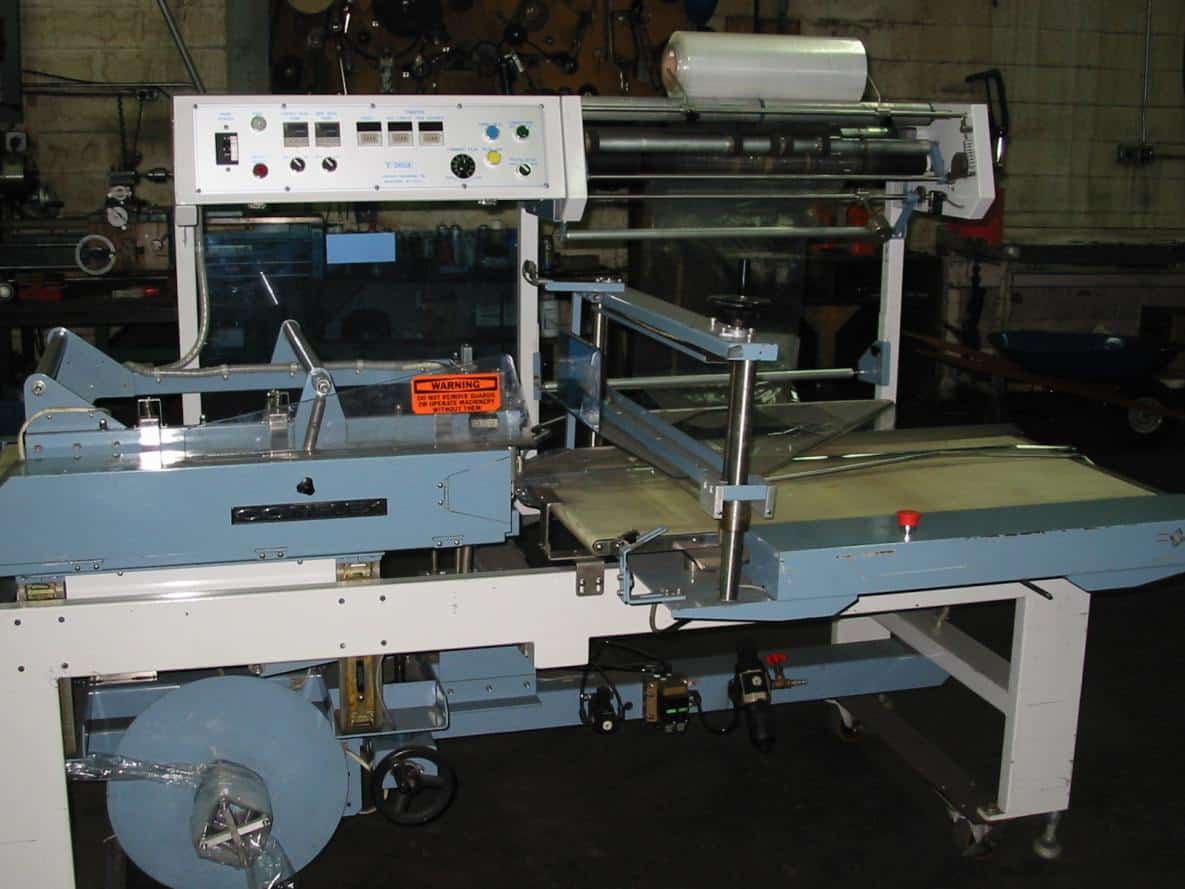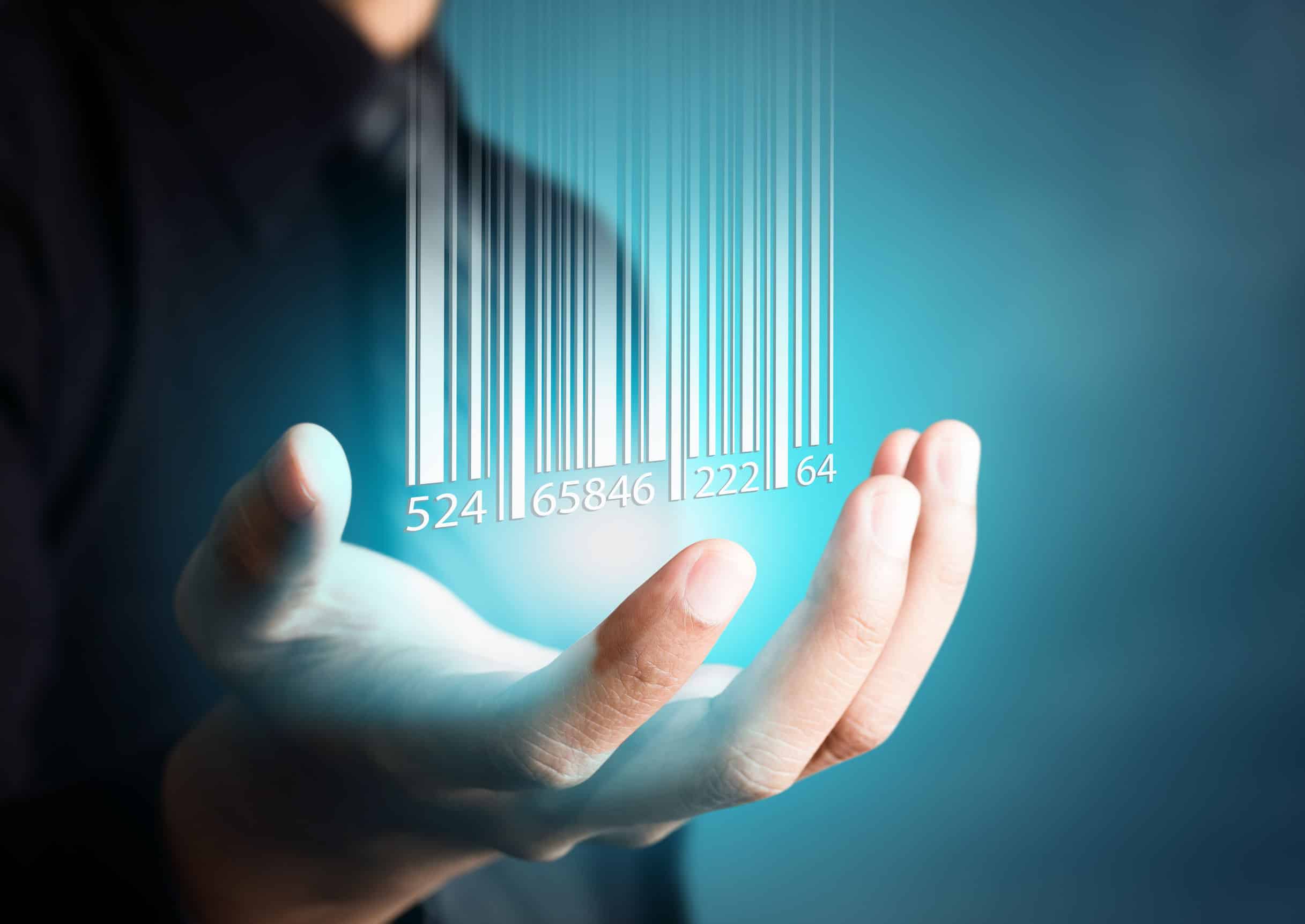Fulfillment Technology: How Sophisticated Should Your Tech Get?
If you're anyone other than Amazon, it might feel like you're constantly behind the curve of advances in fulfillment technology. Whether it's robots and drones or Big Data and cloud computing, the rapid evolution of supply chain tech makes it tough to keep up with your reading on the subject, let alone actually taking action that could benefit your business.
Thankfully, not every headline has to mean a new headache for your fulfillment team.
Today we'll explain how to sort the wheat from the chaff and only explore the most appropriate technology for your business needs.

Order fulfillment is evolving
We like to watch what's happening in the world of fulfillment technology, not just because it's our business to do so, but because many of the advances are occurring right on our doorstep here in New Jersey.
Amazon's expansive new warehouse facility in Robbinsville is just a little over 20 miles southwest of our North Brunswick campus. Its application of automated KIVA robots and precision order picking algorithms is undeniably impressive, further bolstering the e-commerce giant's dominant position in online retail.
This could be just the tip of the iceberg, however, as research continues into delivery drones, driverless cars, wearable technology in the warehouse, and a wide variety of devices connected to the cloud, all of which stand to significantly influence fulfillment operations. The potential to create a highly responsive, automated order picking environment that can operate 24/7 has clear implications for efficiency and productivity, especially when applied across a large organization.

What this evolution means for the majority of businesses in the near future, though, is different to what it means for global retail giants like Amazon and Alibaba.
It will take many years for these fulfillment technology advances to integrated into the highest tiers of the supply chain, let alone to work their way into every level of order fulfillment. Furthermore, even when these new applications do become available on a wider scale, there will always be third-party service providers working to help clients make sense of how to use them. Individual businesses have unique needs when it comes to choosing the right type of technology to meet the needs of their customers.
That's why we always explain the difference between the most advanced technology and the appropriate technology for your business, which is an important distinction to make.

Defining "appropriate" fulfillment technology
Selecting "appropriate technology" was the fourth item on our list of five fulfillment fundamentals last year, for the simple reason that your business doesn't often need the latest and greatest tools for every part of the fulfillment process.
In fact, at the risk of being chastised by those who sell such services, we can safely say that most of these advances can remain as items for your reading list, rather than your to-do list. Yes, you could implement the latest fully automated warehouse solution, but would the investment significantly improve your delivery rates and levels of customer service?
For most businesses, the answer is no. Better to spend that time, money, and effort exploring ways to do more for your customer than to automate a part of your fulfillment process that is already operating efficiently.

Consider the following questions, which you can use to determine if you have the appropriate fulfillment technology available to your business:
- Does the Warehouse Management System (WMS) provide the required depth of stock tracking and inventory control?
- Can we offer customers sufficient visibility of the order fulfillment process?
- Do the multiple systems that we employ integrate seamlessly with one another?
- If we scale, will the fulfillment technology we use be able to keep up?
If the answer to any of those questions is no, or if you find significant inefficiency in your fulfillment process that detracts from your customer's experience, you don't have the appropriate technology in place.
That last question is especially important, as what you need today might not be true tomorrow if orders start to spike. A single surge in demand will test your fulfillment process, but several could stretch it beyond breaking point. You should have at least enough flexibility in the system to manage your growth forecasts for the next twelve months, giving you time to plan the next iteration of your order fulfillment as that growth demands it.
At Capacity, we count that flexibility as a core strength. More than 300 EDI trading partners are drawn to our fulfillment technology, because it blends the depth of visibility and tracking with an experienced team of people to manage and improve elements that our clients find important.
The bottom line is this: you need to meet and exceed customer expectations and the fulfillment technology you use must provide the stable base to make this happen.

That doesn't require keeping up with the latest shiny new toy as technology evolves around the supply chain. It means staying up to date with what's happening in and around your industry, and regularly assessing the standards of your fulfillment solution. If you're serving customers at the level they expect and can keep them ordering time and time again with few complaints, that's a sign that your technology base is solid.
Furthermore, if you're able to expand with that technology for the foreseeable future, that base will continue to be sound. Regular reviews will ensure it stays that way, while consulting with an experienced fulfillment provider can provide the guidance your business needs to plan for the next evolution of your operation.
For assistance assessing the right type of fulfillment technology for your company, contact us today.